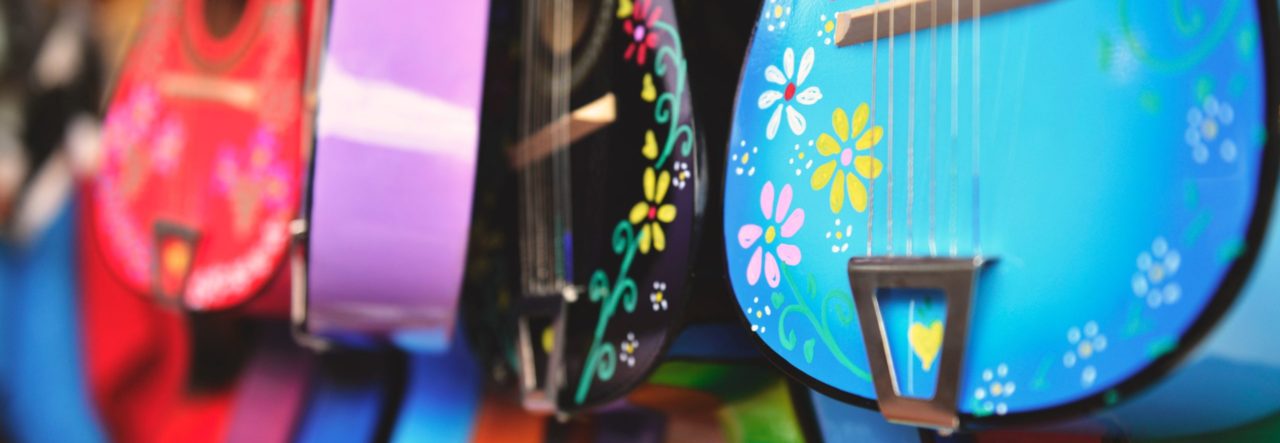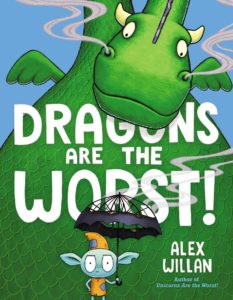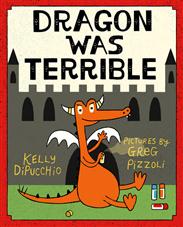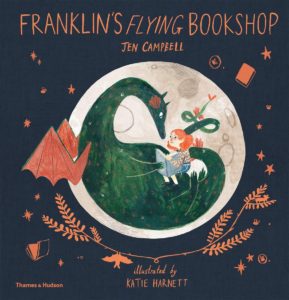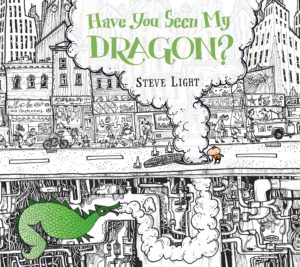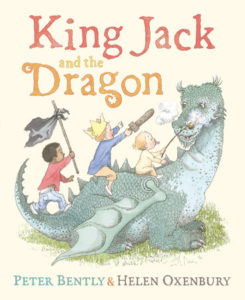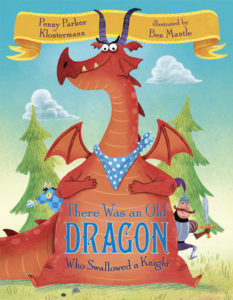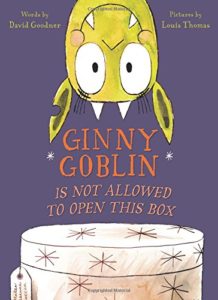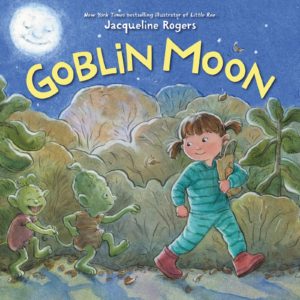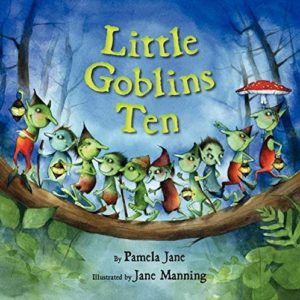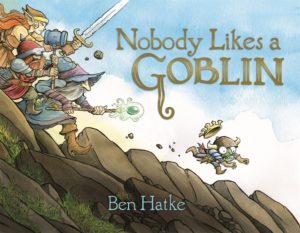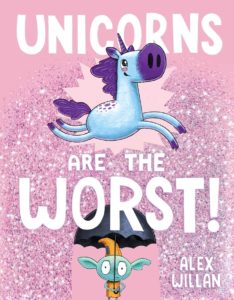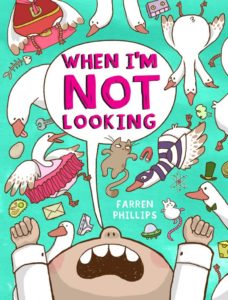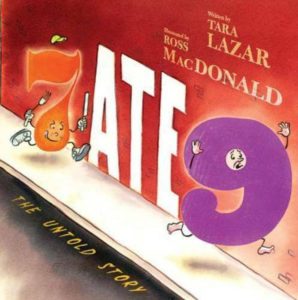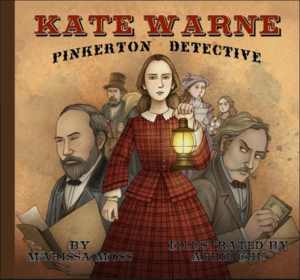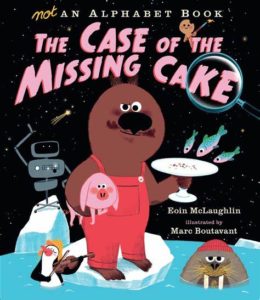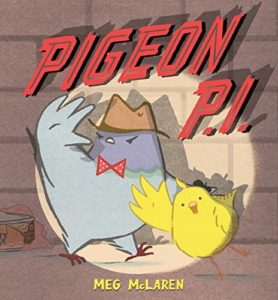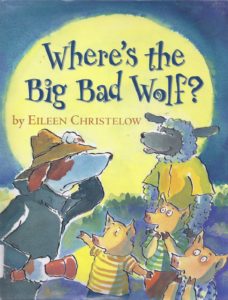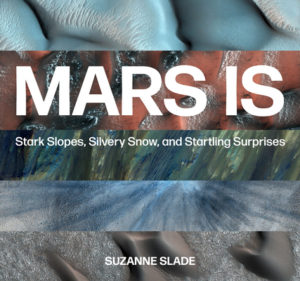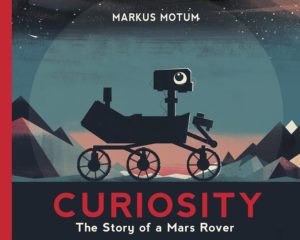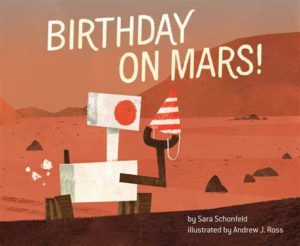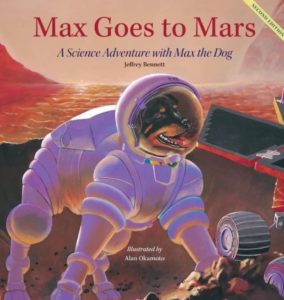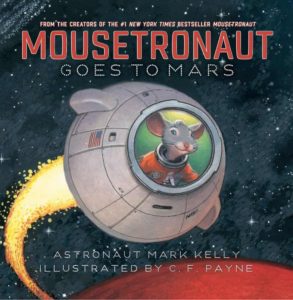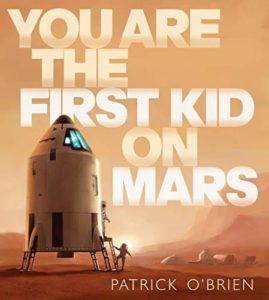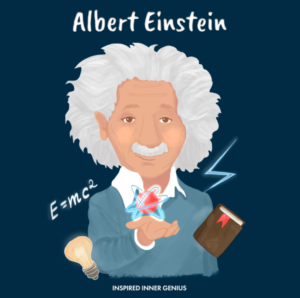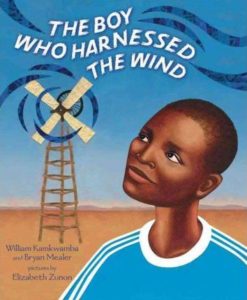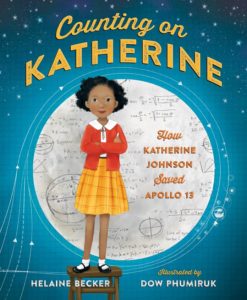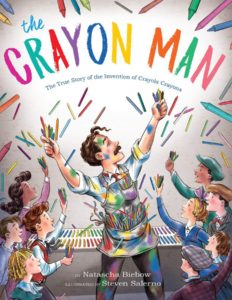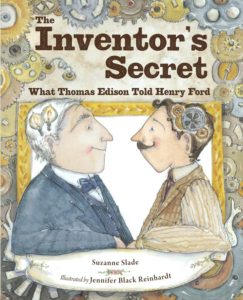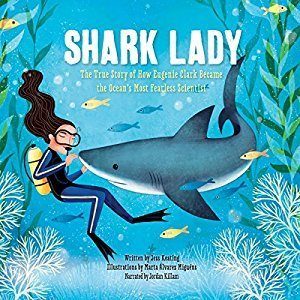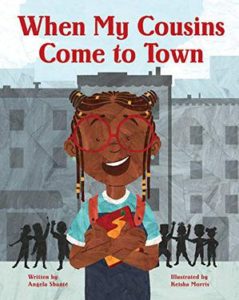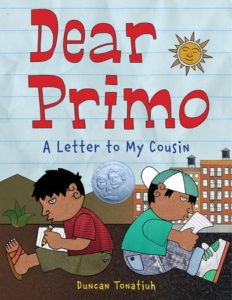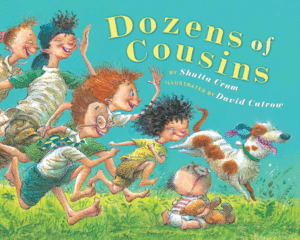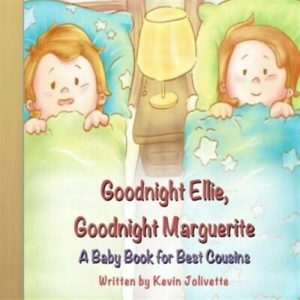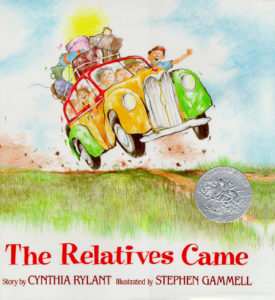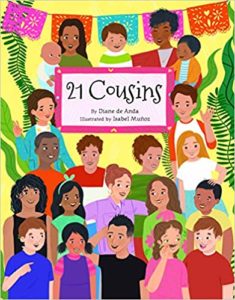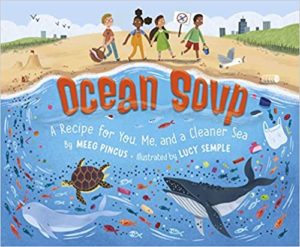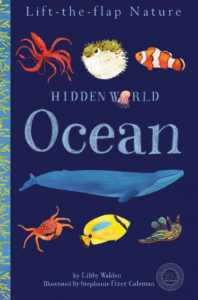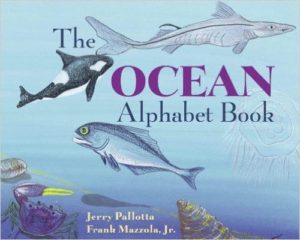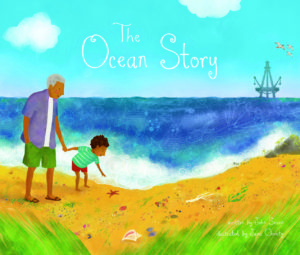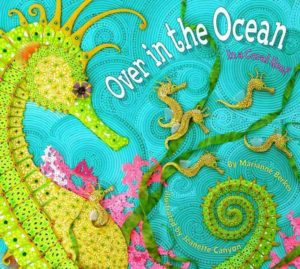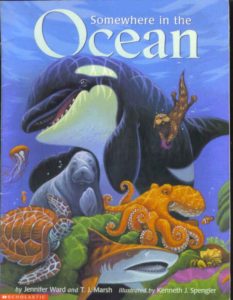Dragons Are the Worst
Author: Alex Willan
Illustrator: Alex Willan
7 September 2021
Simon & Schuster Books for Young Readers
40 pages
Book description from Goodreads: “Gilbert the Goblin is absolutely, definitely, one-hundred-percent certain that dragons are the worst.
They burn down everything in sight and they hoard all the gold. They melt every ice cream cone within a mile radius, and everyone is afraid of them. But really, it’s the dragons who should be afraid of Gilbert and his tremendous goblin power!
…right?”
Need some reviews of Dragons Are the Worst?
Educational Activities inspired by Alex Willan’s Dragons Are the Worst:
- Before Reading–From looking at the front and back cover:
- Where and when do you think this story takes place?
- What do you already know about dragons?
- Why do you think someone would say that dragons are the worst?
- What do you already know about goblins?
- What do you think this story will be about?
- What do you think just happened between the dragon and the goblin?
- What emotion is the goblin feeling?
- After Reading–Now that you’ve read the story:
- The goblin believed he was scary. Did you find him scary? Why/why not?
- Which of the goblin’s spells made you laugh the most?
- Making your shoelaces untied?
- Turning candy into spiders?
- The terrifying pigeon costume?
- The goblin has lots of reasons why dragons aren’t so great. Which did you agree with most? (I think it’s finding a hat that works with such spiky horns.)
- How did you react when the goblin got covered in dragon poop?
- How long will it take for that poor goblin to realize he’s stinky versus scary?
- Writing–The goblin mentions a lot of other creatures from the world of fantasy–mermaids, trolls, ogres, and, of course, dragons. Select another fantasy creature (such as unicorn, pegasus, fairy, centaur, or giant, or anything else you think of or want to make up) and write a scene where the goblin shares his feelings on that creature, too. Is he jealous of how scary they are? Does he admire them? Is one of them the goblin’s best friend? Get imaginative, and consider using crayons or colored pencils to illustrate your work. For fun, consider sharing it with a friend or adult.
- Crafting–Since Dragons Are the Worst includes quite a few dragons, let’s make a few dragons of our own. Try your hand at one or more of the following dragon crafts (use recyclable materials when you can). Get an adult to help, just to be on the safe side:
- Cupcake Liner Dragon–This one’s more like dragons from Chinese New Year, but there’s nothing wrong with that!
- Fire-breathing Dragon–Get a toilet paper roll and watch the video tutorial to see how to breathe fire like a dragon!
- Flying Dragon–Using string will make this dragon fly. Lots of fun to be had here.
- Paper Plate Dragon–Follow the directions and transform one paper plate into one cool dragon.
- Pipe Cleaner Dragon–Sturdy and poseable.
- Further Reading–Want more picture books about dragons? Here you go! Which have you already read? (Click on any book cover for more information on these titles!)
- Further Reading–Since Dragons Are the Worst is ALSO about goblins, let’s look at some other terrific books featuring goblins of all types. Which of these other picture books about goblins have you read? (Click on any book cover for more information on these titles!)

